I always loved camping. Toting around a backpack and living in a tent in the middle of a forest or near a lake comes naturally to me. But I like the more luxurious way of camping in a travel-trailer or motor-home as well. In fact, I go down to the Tampa Florida RV show almost every year to check out the latest motor-homes, travel-trailers, and camper-vans. I love the lifestyle, and in fact at some point we lived full time in one of those silver bullet trailers from the 1970s up in the mountains of the Arizona-New Mexico border. And of course I naturally collect LEGO campers. 🙂
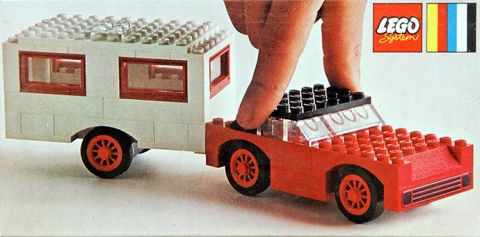
LEGO has been releasing sets with campers as far back as the 1970s. The oldest set I could find is the #623 LEGO White Car & Camper from 1970. It is a very simple camper that looks more like a pop-up trailer. The #379 LEGO Car & Caravan (pictured above) from 1972 appears much more realistic, with a red vehicle pulling a nice size travel-trailer. A van-conversion was also introduced in 1989 in the #6388 LEGO Holiday Home with Campervan. Similar travel-trailer and camper-van sets were produced through the 1980s and 1990s (see my Brickset LEGO Travel-Trailers & Camper-Vans bricklist here). I particularly like the LEGO Fabuland campers as they are very cute – like the #3635 LEGO Fabuland Bonnie Bunny’s Camper from 1981, pictured below.
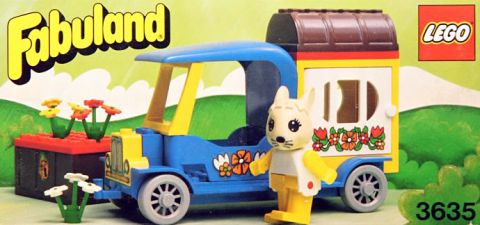
Then there is a big gap, and we don’t see minifigs going on holidays in a camper until 2009. The #7639 LEGO City Camper set was a huge hit, and it brought back the camping lifestyle to LEGO City, and even to LEGO Friends. So far we got three modern camper-vans; the aforementioned #7639 LEGO City Camper from 2009, the #3184 LEGO Friends Adventure Camper from 2012, and the #60057 LEGO City Camper Van from 2014. All three are excellent sets with nice shaping on the outside and reasonably detailed interiors (see below).
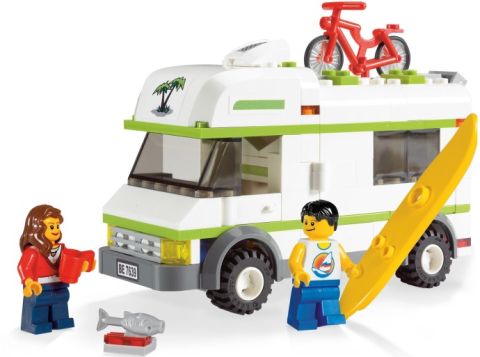
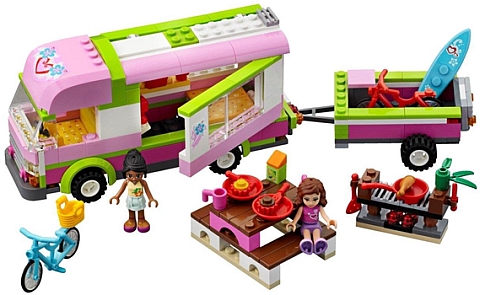
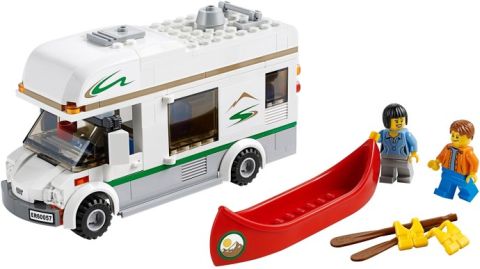
And we also got three modern travel-trailers: the #4435 LEGO City Car & Caravan from 2012, the #41034 LEGO Friends Summer Caravan from 2014, and the #60117 LEGO City Van & Caravan from 2016. All three of these have really nice interiors as well, plus a car to pull them.

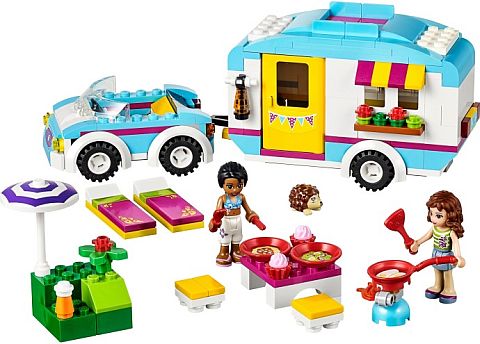
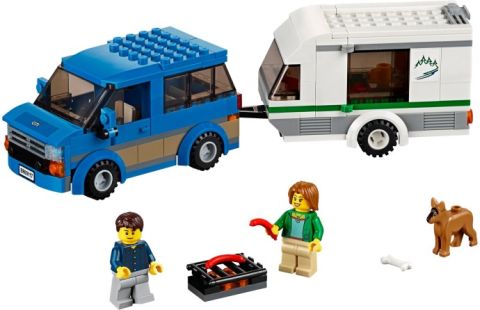
If your minifigures like to travel in luxury, they can also check out the #41106 LEGO Friends Pop Star Tour Bus released in 2015. This is more of a glamorous bus-conversion used by pop-stars, sports teams, and politicians on campaign tours, but if your minifigs want the best, it is a great option.
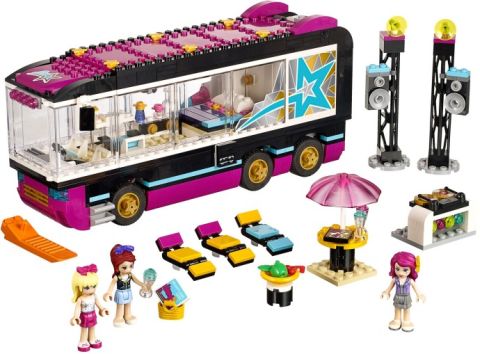
The four LEGO City sets I mentioned above are totally worth to collect. They are realistic enough to add to any LEGO City layout, or you can even make an RV park with them! The LEGO Friends campers are a bit bold in color, however I think the #41034 LEGO Friends Summer Caravan has a particularly nice shape – resembling the old roundish trailers I remember seeing in Arizona. But the best is yet to come…
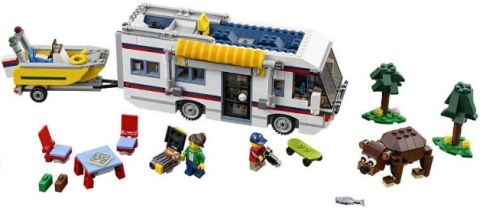
The #31052 LEGO Creator Vacation Getaways scheduled to be available this summer, is going to be the most detailed and realistic looking minifigure size camper-van ever released by LEGO. It is larger and even more realistic than the campers in the LEGO City line, with a full interior and detailed exterior. It is also suspiciously similar to the LEGO Breaking Bad Winnebago by OrionPax – just sayin’… 🙄
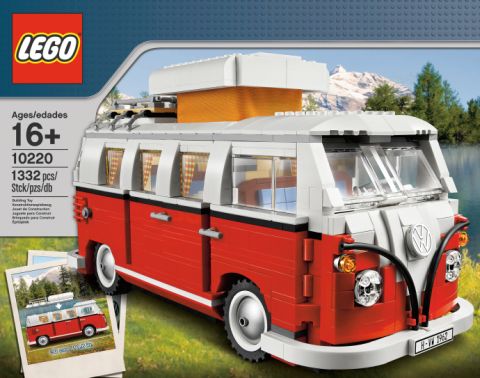
We should also give honorable mention to the #10220 LEGO Volkswagen T1 Camper Van released in 2011. Although it is not minifigure size, it is definitely the best and most realistic camper made by LEGO, and is still available at the Online LEGO Shop. From the LEGO City and LEGO Friends campers I mentioned, the #60117 LEGO City Van & Caravan and the #41106 LEGO Friends Pop Star Tour Bus are available at the Online LEGO Shop. The others have been retired, but you can find them at reasonable prices on eBay. See here: LEGO CAMPERS & CARAVANS ON EBAY
So what do you think? How do you like the LEGO travel-trailers and camper-vans released so far? Do you collect them? Or just have some of them? And what do you think of the camper coming this summer? Feel free to share your thoughts in the comment section below! 😉
And you might also like to check out the following related posts:












